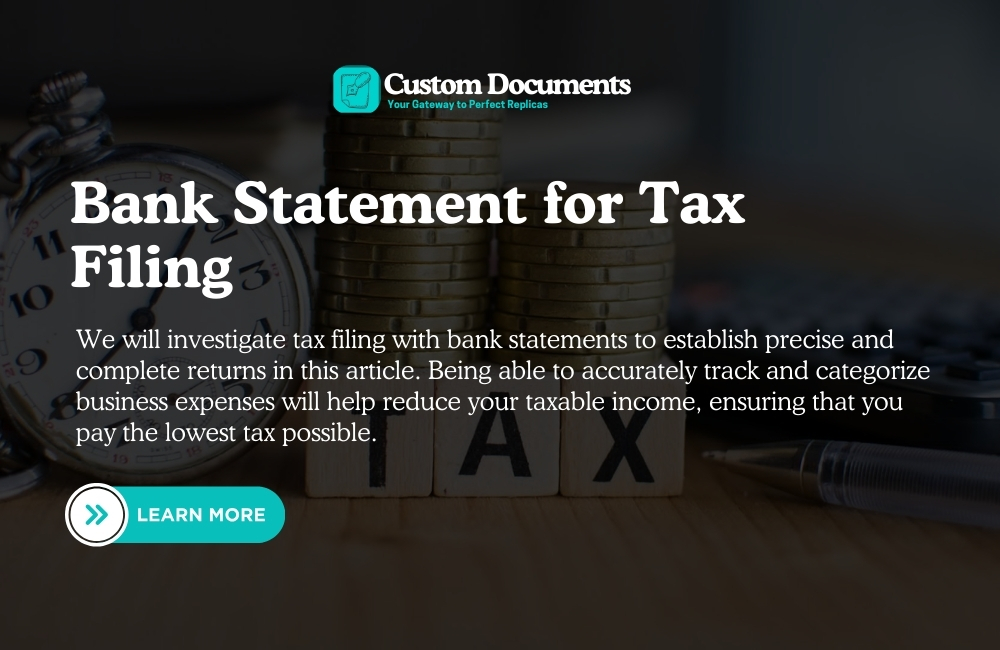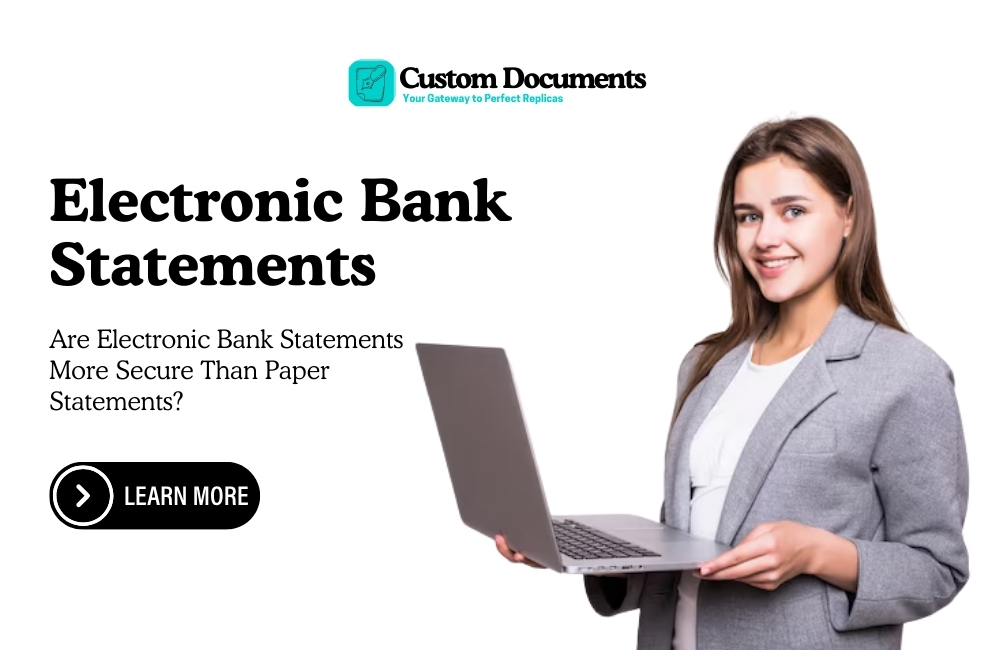The surge of digital transactions worldwide has made fraudulent bank statements a substantial challenge for banks throughout the world.
Criminal parties modify financial statements to make figures appear invalid while building false banking data from scratch.
Financial systems need proper security, from fraudulent bank statements to maintaining their integrity.
So, how can we detect and prevent fraudulent bank statements in the right way?

How to Detect and Prevent Fraudulent Bank Statements?
Some of the Steps you need to know how all these frauds will be detected.
1. Advanced Document Analysis
Document analysis stands as the initial process through which banks authenticate bank statements.
Financial establishments use Optical Character Recognition (OCR) technology enabled by artificial intelligence (AI) to execute automated document verification through document reading and scanning operations.
Machine intelligence evaluates submitted files relative to standard bank templates through which it detects any inconsistent characteristics.
Due to typographical variety, you can identify a forged document through its inconsistent font styles and sizes.
2. Cross-Referencing with Internal Data
Banks preserve comprehensive records, which include all account user activity along with account current values and transaction chronology.
Institutions verify bank statements by comparing the provided information with their existing database.
- Account number and holder’s details
- Transaction history
- Account balance
Any detected inconsistencies, including unrecorded or modified transactions in the provided statement,t result in its being marked for detailed examination.
Most fraudulent statements are identified at this point because their details do not match what banks maintain in their real-time databases.
3. Machine Learning and AI for Fraud Detection
Synthetic intelligence-powered systems do extensive data analysis to reveal fraudulent signals from vast information.
For instance: Large sums exchanged within brief periods detect anomalous patterns that show possible fraudulent conduct.
AI systems can recognize repeated use of identical manipulated templates because they learn from such patterns.
The combination of past customer banking activities with document content allows AI systems to find doubtful patterns through behavioral analysis.
4. The Blockchain Technology for Verification
The financial industry now uses Blockchain technology as an effective solution to prevent fraud activities.
Financial organizations are currently investigating blockchain technological solutions as a method to manage and authorize banking documentation.
Digital ledgers based on blockchain technology make changes to previous transactions impossible to carry out.
A validated bank statement can be verified by banks through blockchain records.
5. Human Expertise and Manual Verification
Technology serves its essential purpose, but people with specialized skills hold the most importance for detecting fraud.
After computer systems identify suspicious documents, human experts from the forensic accounting profession conduct examinations.
They analyze factors such as:
- Ink consistency in printed documents
- Signatures and handwriting inconsistencies
- Unusual language or formatting discrepancies.
6. Collaboration with Regulatory Bodies
Financial crime units, together with regulatory bodies, support banks in their efforts to prevent fraud through close cooperation.
Guardianship of fraud techniques is provided to institutions by sharing information from other entities so they can prevent fraudsters effectively.
Financial institutions achieve complete customer transaction vetting before authorizing documents by implementing both Know Your Customer (KYC) and Anti-Money Laundering (AML) frameworks.
7. Customer Education and Awareness
Financial institutions teach their customers about the dangers that exist when using fraudulent documents.
The prevention of financial fraud depends on awareness initiatives and customer education through both internet resources and bank security alerts which enable clients to detect fraudulent attempts before they commit.
Some common educational topics include:
- What steps to follow to recognize real bank statements
- Common signs of document tampering
- Customers should notify their bank about detected fraudulent behavior.
8. Implementing Multi-Factor Authentication (MFA)
Users must use multiple verification methods through MFA to unlock access to their bank statements.
Banks protect statement generation by implementing dual authentication methods that combine human attributes such as biometrics with temporary password features known as one-time passwords (OTPs).
With this security measure, banks lower substantially the likelihood of illegal document generation.
Final Verdict:
Banks, together with financial institutions, use multiple protection measures to Detect and Prevent Fraudulent Bank Statements that endanger financial security.
AI analysis, together with internal data cross-checking along with blockchain verification with manual expertise, form a comprehensive system that protects the financial market.
We are legit custom document providers that also give services related to bank statement generator and other novelty documents that are original and authentic.








